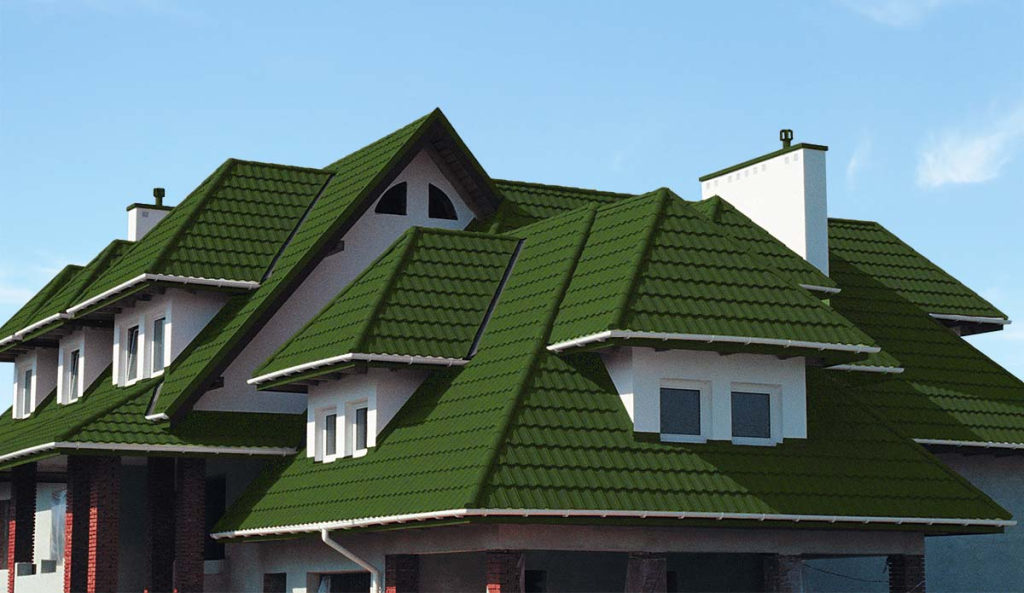Tarpaulin, often referred to as a tarp, is a large sheet of strong, flexible, water-resistant, or waterproof material. Tarpaulins have various uses, including:

Uses of Tarpaulin:
- Protection from Weather:
- Outdoor Storage: Tarps cover outdoor items such as firewood, vehicles, and machinery to shield them from rain, snow, and UV rays.
- Temporary Roof Repairs: In case of roof damage, tarps can provide a temporary waterproof barrier until proper repairs are made.
- Shelter:
- Tents and Camping: Tarps can be used as makeshift tents or as additional coverage over tents to enhance waterproofing.
- Emergency Shelters: During natural disasters, tarps are used to create quick and temporary shelters for displaced individuals.
- Ground Cover:
- Camping and Hiking: They serve as ground covers to keep tents and sleeping bags dry and clean.
- Picnics and Events: Providing a clean, dry surface for outdoor activities.
- Transportation:
- Truck and Trailer Covers: Protecting loads on trucks and trailers from the elements during transport.
- Boat Covers: Shielding boats from water and sun damage when not in use.
- Construction:
- Scaffolding Covers: Protecting construction sites and scaffolding from weather elements.
- Building Material Protection: Covering materials such as lumber, cement, and tools to keep them dry and protected.
- Agriculture:
- Crop Protection: Covering crops to protect them from frost, excessive rain, and pests.
- Hay and Silage Covers: Keeping hay and silage dry to prevent spoilage.
- Sports and Recreation:
- Groundsheets: Providing a waterproof barrier under tents and as a base for activities.
- Swimming Pool Covers: Keeping debris out of swimming pools when not in use.
- Windbreaks and Privacy Screens: Used at beaches, campsites, and events for privacy and wind protection.
- Emergency Situations:
- Disaster Relief: Quick deployment as temporary roofs, walls, or floors in disaster-hit areas.
- Emergency Repairs: Providing immediate cover for broken windows, damaged roofs, or other emergency situations.
Features and Types of Tarpaulin:

- Materials:
- Polyethylene (PE): Lightweight, waterproof, and cost-effective. Commonly used for general purposes.
- Canvas: Made from cotton or polyester, it’s durable, breathable, and suitable for heavy-duty applications.
- PVC (Polyvinyl Chloride): Heavy-duty, waterproof, and UV resistant. Ideal for industrial and long-term outdoor use.
- Sizes and Thickness:
- Sizes: Available in a wide range of sizes, from small sheets for personal use to large covers for industrial applications.
- Thickness: Measured in mils (thousandths of an inch) or grams per square meter (GSM). Thicker tarps offer better durability and protection.
- Features:
- Grommets: Metal or reinforced holes along the edges for easy attachment and securing with ropes or bungee cords.
- Reinforced Edges: Strengthened edges to prevent tearing and extend the lifespan of the tarp.
- UV Resistance: Special coatings to protect against ultraviolet rays, preventing degradation over time.
- Fire Retardant: Some tarps are treated to resist ignition and slow the spread of flames, making them safer for certain applications.
Common Applications by Industry:

- Construction: Scaffold sheeting, temporary roofing, dust containment.
- Agriculture: Crop covers, animal shelters, machinery protection.
- Transport and Logistics: Cargo covers, pallet covers, equipment protection.
- Recreation: Camping, hiking, sports field covers, event canopies.
- Emergency Services: Disaster relief shelters, temporary covers for damaged structures.
Tarpaulins are versatile, practical, and essential in many scenarios, offering a reliable solution for protection and covering needs.


